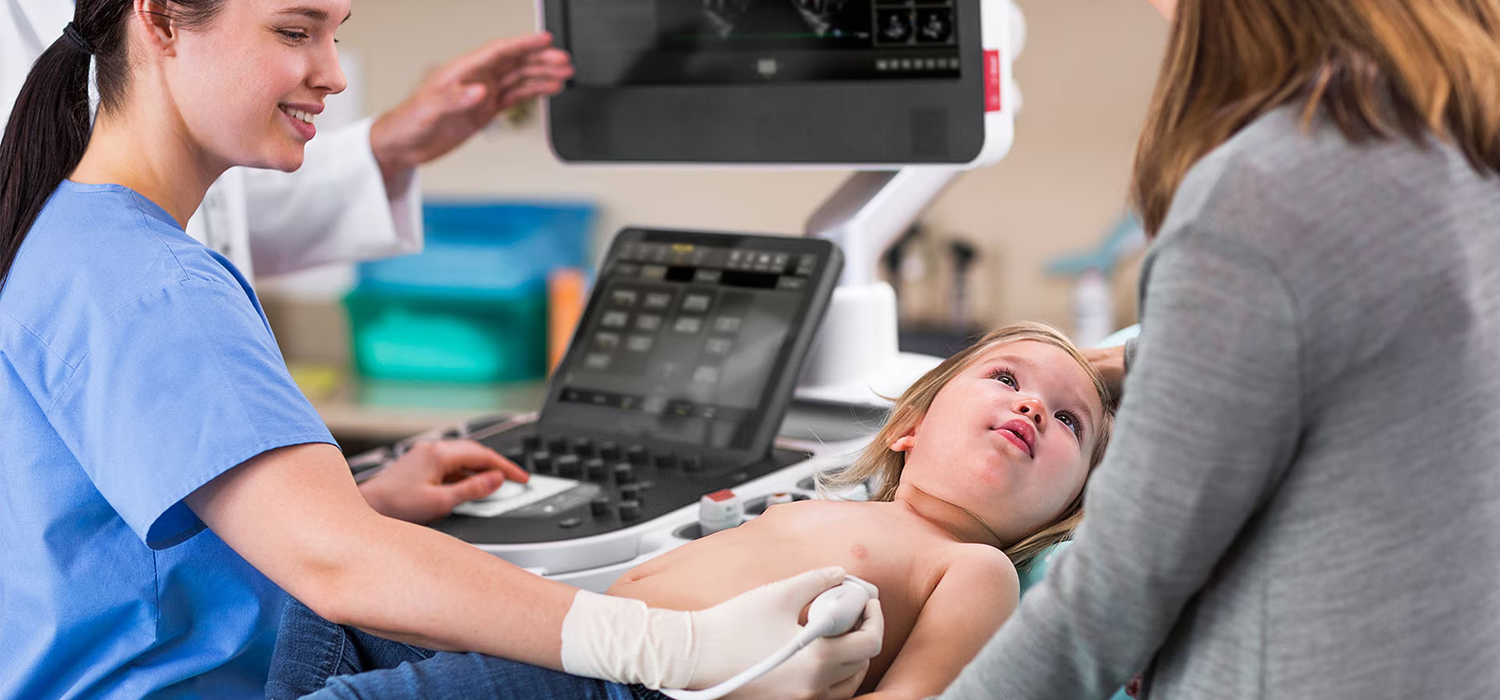

Pediatric care stands as a delicate and complex field, requiring specialized tools to provide accurate diagnoses and effective treatments for young patients. In this modern age, radiography has emerged as a cornerstone of pediatric care, with digital radiography and computed radiography leading the way. From the tiniest premature infants to teenagers, radiography plays an indispensable role in safeguarding the health and well-being of our youngest generation. Here, we will explore how radiography benefits pediatric care, emphasizing the significant advantages of digital and computed x-ray radiography in this crucial arena.
Radiography's Role in Pediatric Care
Radiography, an imaging technique that employs ionizing radiation to capture images of internal structures, has long been a fundamental tool in medical diagnostics. However, the dynamic nature of pediatric care calls for innovations that can cater to the unique physiological traits of children. Radiography steps up to the challenge, providing non-invasive insights into young patients' conditions, aiding in early detection and precision treatments.
Advantages of Digital Radiography in Pediatric Care
>Digital radiography, a technological leap from conventional x-ray methods, brings forth a spectrum of benefits that elevate pediatric care:
1. Reduced Radiation Exposure: Children's developing bodies are more sensitive to radiation. Digital radiography utilizes lower radiation doses, minimizing potential risks while maintaining diagnostic accuracy.
2. Immediate Image Availability: Time is of the essence in pediatric critical care. Digital radiography offers real-time imaging, enabling prompt assessments and rapid decision-making, which is extremely crucial for critically ill children.
3. Enhanced Image Quality: Digital images can be fine-tuned to highlight specific areas, facilitating precise diagnoses even in the case of intricate conditions. This level of detail is particularly advantageous when dealing with pediatric patients.
4. Minimized Repeat Exams: The dynamic nature of pediatrics often necessitates repeated imaging. With digital radiography, images can be manipulated and adjusted without the need for additional exposures, sparing children unnecessary radiation exposure.
5. Streamlined Collaboration: Digital images can be easily shared and consulted among multidisciplinary teams, fostering collaboration and comprehensive care planning for complex cases.
6. Comfort During Radiography Exam Traditional radiography often isn’t the most comfortable experience for pediatric patients. They are likely to feel more relaxed during DR exams. Digital radiography also has a high-tech appeal, which can make the place more fun and friendly to some children.
Advantages of Computed Radiography in Pediatric Care
Computed radiography (CR) complements the advancements in digital radiography, further enhancing pediatric care:
1. Flexibility: Computed Radiography allows healthcare facilities to upgrade their imaging capabilities without a complete overhaul of existing equipment, making it a feasible and cost-effective solution.
2. Optimized Image Enhancement: Computed Radiography images can be digitally enhanced to accentuate specific features, aiding clinicians in diagnosing complex conditions with greater accuracy.
3. Versatile Application: From trauma assessments to detecting congenital anomalies, Computed Radiography serves as a versatile imaging tool for various pediatric care scenarios, including critical care situations.
Applications in Pediatric Critical Care
Pediatric critical care demands swift and precise diagnostics to ensure the best possible outcomes. Radiography, especially digital and computed x-ray radiography, plays a pivotal role in these scenarios:
1. Trauma and Fractures: Childhood accidents and fractures are common. Digital radiography swiftly visualizes injuries, guiding prompt treatments and reducing discomfort for young patients.
2. Respiratory Distress: Pediatric critical care often involves respiratory challenges. Radiography aids in diagnosing lung infections, assessing airway obstructions, and monitoring treatment progress.
3. Congenital Anomalies: Early detection of congenital anomalies is essential for timely interventions. Radiography provides a non-invasive means to identify anomalies, enabling comprehensive care planning.
4. Treatment Monitoring: Radiography allows healthcare providers to track the progress of treatments, ensuring interventions are effective and adjustments are made as necessary.
Conclusion
Radiography, with its ever-evolving digital and computed techniques, stands as a testament to human innovation and its power to transform medical care. In the realm of pediatric care, these advancements offer a profound impact, enhancing diagnosis accuracy, reducing radiation exposure, and expediting treatments. From infants in neonatal units to adolescents in emergency rooms, radiography is the guiding light that illuminates the path to better health and brighter futures for our youngest generation. As technology continues to progress, radiography's role in pediatric care remains unshakable, reinforcing its place as a cornerstone of modern medicine dedicated to safeguarding and nurturing the precious lives of our children.
